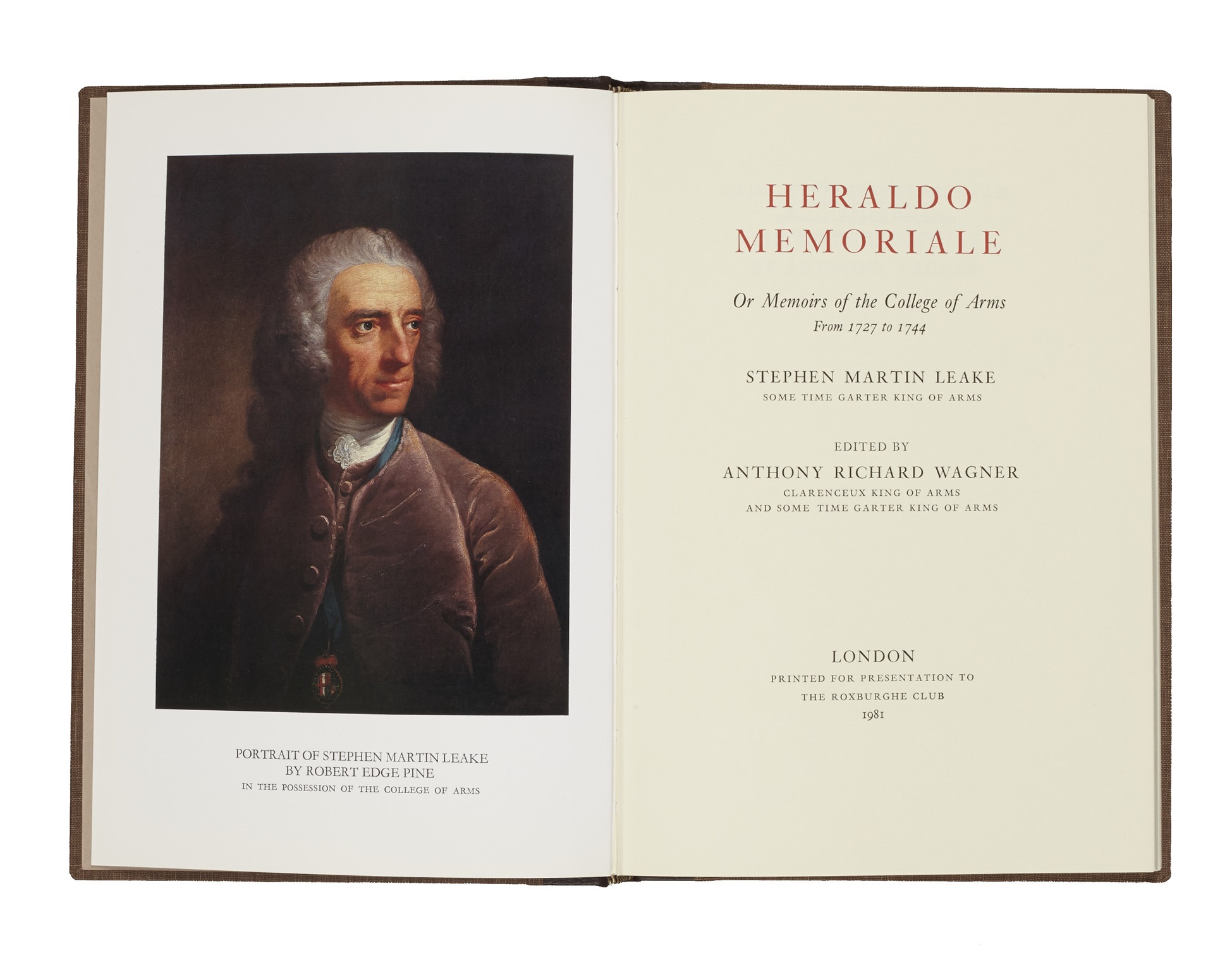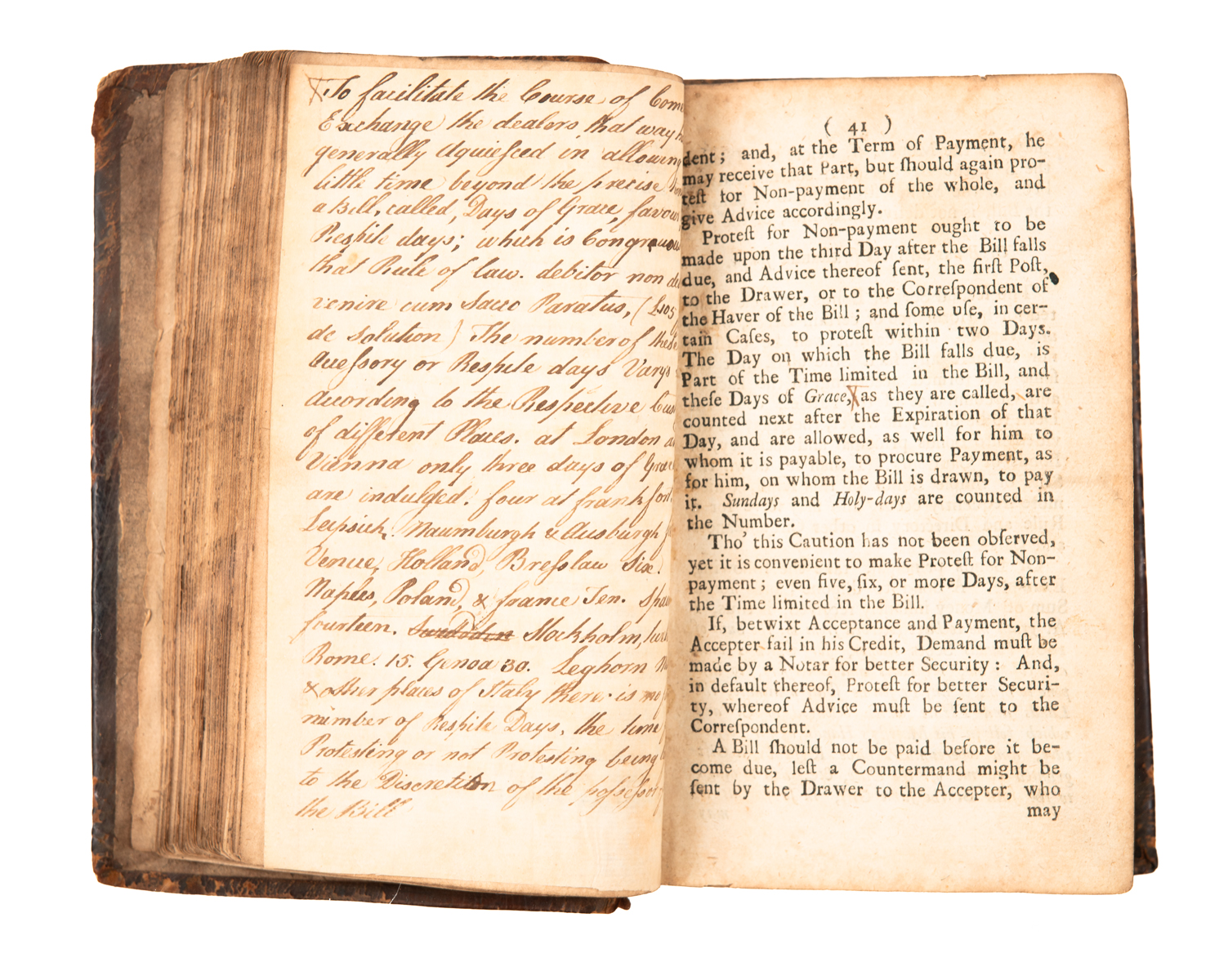
LEAKE, Stephen Martin.
Heraldo Memoriale, or Memoirs of the College of Arms from 1727 to 1744. Edited by Anthony Richard Wagner.
The Roxburghe Club, 1981.
£100
US $128 €118
If you wish to order more than one copy of this publication please make an enquiry. Add to basket Make an enquiry

Added to your basket:
Heraldo Memoriale, or Memoirs of the College of Arms from 1727 to 1744. Edited by Anthony Richard Wagner.
Stephen Martin Leake was Garter principal king of arms from 1754 to 1773. The three volumes of his extensive manuscript journal, Heraldo-Memoriale, are preserved in the College of Arms.
Anthony Wagner here presents selections from the second of the three volumes, ending with the death of the elder John Anstis, Garter, on 4 March 1744, and provides an introduction and notes.

